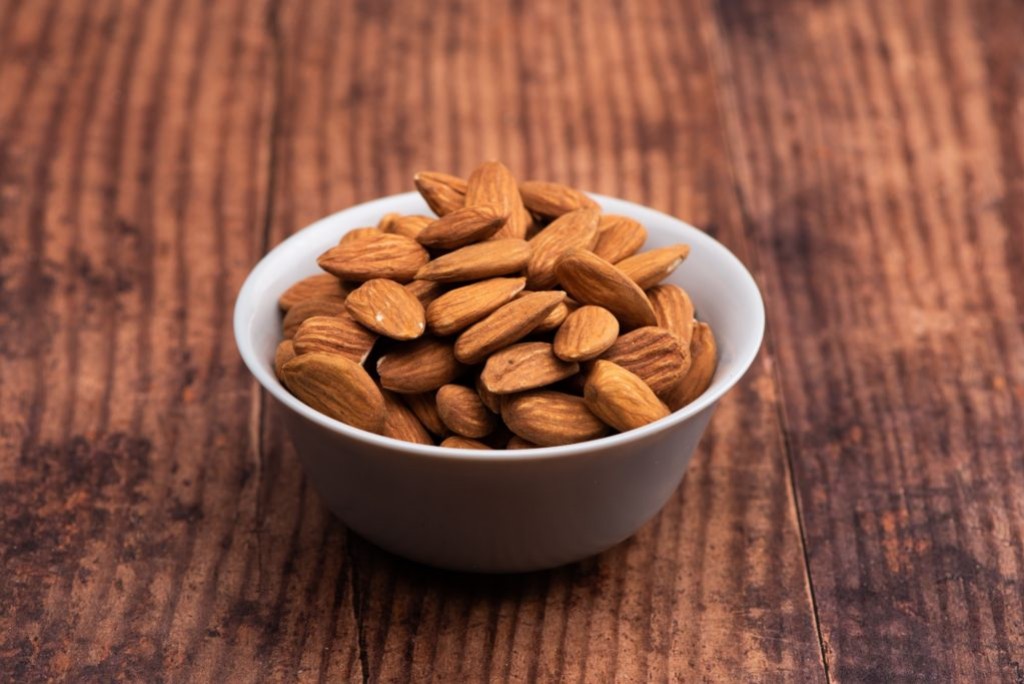Almonds, known for their irresistible crunch and remarkable health benefits, have emerged as one of the world’s most popular nuts. From snacking to baking, almond milk to desserts, the versatility of almonds has led to soaring demand globally. While countries like the United States, Spain, and Australia are well-known almond producers, a different set of nations drive the international almond trade from the demand side.
A key question that frequently arises in the global nut trade is:
Which country is the largest almond importer in the world?
In this detailed article, we’ll uncover the answer, examining trade data, market trends, consumer behavior, and the factors behind the world’s top almond importers.
Global Almond Trade at a Glance

Before identifying the top almond importer, it’s important to understand how almonds are traded. Globally, almonds are sold in two primary forms:
- In-shell almonds (almonds with the outer shell intact)
- Shelled almonds (the kernel or nut removed from the shell)
The preferences for these types differ significantly by region, affecting which countries import the most almonds and in what form.
Which Country Is the Largest Almond Importer?
India is currently the largest importer of almonds in the world — especially for in-shell almonds.
In recent years, India’s appetite for almonds has surged dramatically, driven by a rising middle class, increased health awareness, and traditional culinary uses. Almonds are particularly popular in Indian households as daily snacks, festive treats, and key ingredients in sweets and traditional recipes.
India’s Almond Import Performance

According to recent trade data:
- India imported over 240,000 metric tonnes of almonds in 2023, the highest in the world.
- These imports were valued at approximately USD 950 million, accounting for over 65% of the global in-shell almond imports.
- The majority of these imports come from the United States (primarily California), followed by Australia and Spain.
India’s preference for in-shell almonds is deeply rooted in cultural traditions. Many Indian households prefer buying almonds in their shells, which are typically shelled at home before consumption.
Largest Shelled Almond Importer: Germany
When it comes to shelled almonds (the nut kernels without the shell), Germany stands as the leading importer globally.
In 2023:
- Germany imported over 100,000 metric tonnes of shelled almonds.
- These imports were valued at over USD 460 million.
- The primary sources were the United States, Spain, and Australia.
Germany’s strong demand for shelled almonds is largely driven by its food manufacturing industry. Almonds are widely used in the country’s:
- Confectionery and baking industries (for marzipan, cakes, cookies)
- Dairy alternatives like almond milk
- Health food and snack sectors
Additionally, Germany acts as a central distribution hub, with a portion of imported almonds processed and re-exported across Europe.
Other Leading Almond Importers

Besides India and Germany, several other nations are significant players in the almond import market:
| Country | Approx. Import Value (2023) | Key Almond Type |
|---|---|---|
| Spain | USD 420 million | Shelled almonds |
| Italy | USD 310 million | Shelled almonds |
| France | USD 230 million | Shelled almonds |
| United Kingdom | USD 160 million | Shelled almonds |
| United Arab Emirates | USD 150 million | In-shell & shelled |
The European Union collectively remains a powerhouse for shelled almond imports, driven by strong consumer markets, a robust food processing industry, and high demand for plant-based products.
Why Does India Import So Many Almonds?
Several factors explain India’s position as the world’s top almond importer:
1. Traditional Consumption
Almonds have been part of Indian culinary and medicinal traditions for centuries. They’re used in:
- Traditional sweets (like badam halwa)
- Milk-based beverages (badam milk)
- Dry fruit mixes
- Health tonics (Ayurvedic remedies)
2. Growing Middle Class
Rising disposable income and increasing health awareness have led to greater almond consumption among India’s urban and semi-urban populations.
3. Perception as a Health Food
Almonds are considered a superfood in India, known for improving memory, boosting immunity, and providing essential nutrients. This health perception fuels consistent demand.
4. Festive Gifting Tradition
Almonds are popular festive and wedding gifts, especially during festivals like Diwali and Eid, further raising import volumes during certain seasons.
Market Trends & Developments

1. California: The Global Almond Supplier
California remains the largest almond producer globally, accounting for over 80% of world almond production. It exports massive quantities to India, Germany, Spain, and other countries.
2. Surge in Plant-Based Products
The growing popularity of plant-based diets, particularly almond milk, almond flour, and almond-based snacks, is boosting demand for shelled almonds in Europe, North America, and Australia.
3. Diversification of Supply Chains
While California leads production, other countries like Australia and Spain have increased their almond exports in recent years, offering alternatives to importers and helping stabilize supply.
Challenges in the Almond Import Market
Despite strong demand, the global almond trade faces several challenges:
- Price volatility due to climate conditions (droughts in California, for example)
- Trade tariffs and regulations affecting international trade flows
- Aflatoxin contamination concerns leading to strict quality controls, particularly in the European Union
- Logistical disruptions, such as shipping delays and port congestion affecting timely delivery
Future Outlook for Almond Imports

The outlook for the global almond import market remains strong:
- India is expected to continue leading in in-shell almond imports, with a potential gradual shift towards shelled almonds as incomes and urbanization grow.
- European markets, especially Germany, Spain, and Italy, will likely maintain their leadership in shelled almond imports, driven by health trends and food manufacturing.
- Emerging markets like China, Turkey, the UAE, and Southeast Asia are projected to steadily increase almond imports as consumer preferences evolve.
Conclusion
So, to answer the central question:
Which country is the largest almond importer in the world?
The title belongs to India for in-shell almonds, thanks to its deep-rooted culinary traditions, festive customs, and rapidly growing health-conscious population.
For shelled almonds, Germany leads the global market, propelled by its vast food processing industry and health food demand.
Combined, these two countries exemplify how cultural preferences, economic trends, and health awareness shape international trade in one of the world’s favorite nuts — the almond.





Leave A Comment